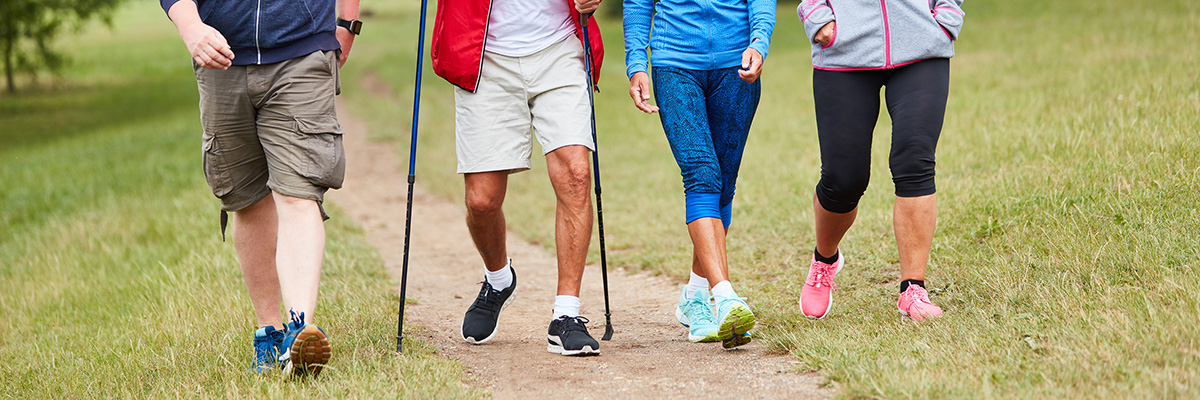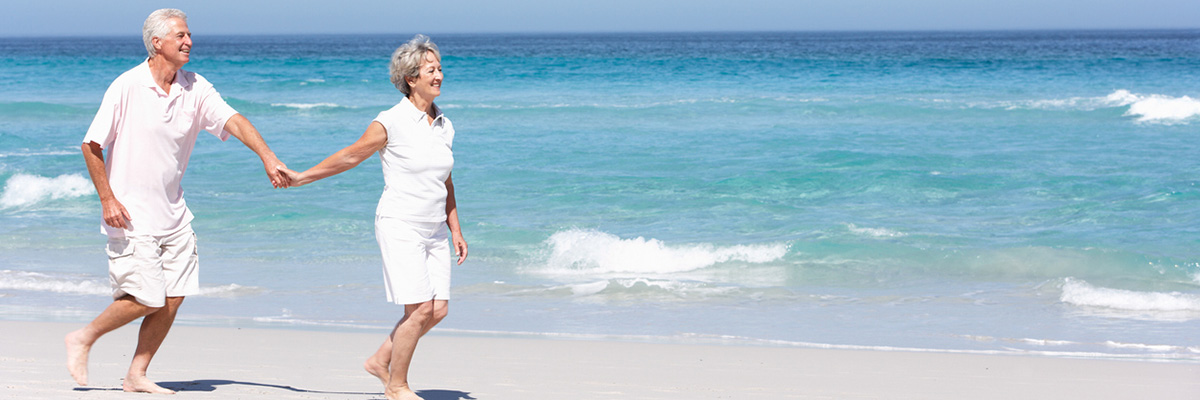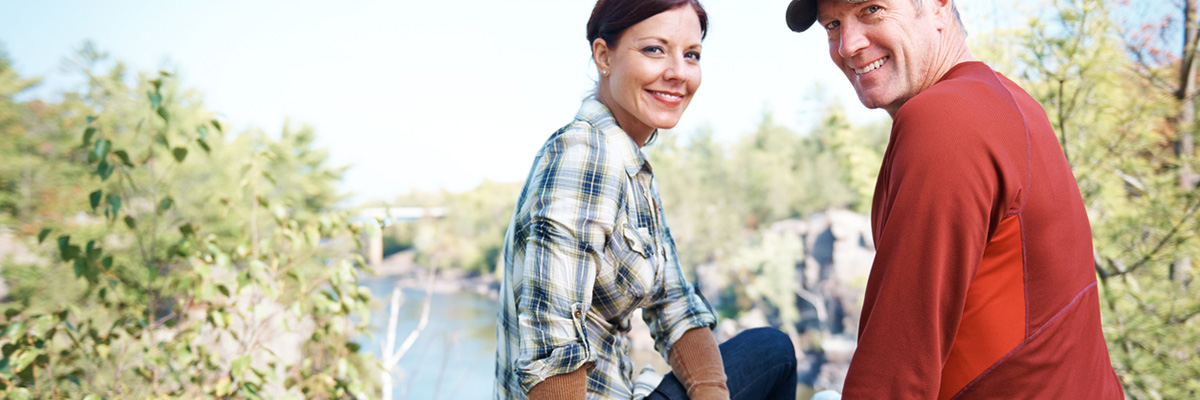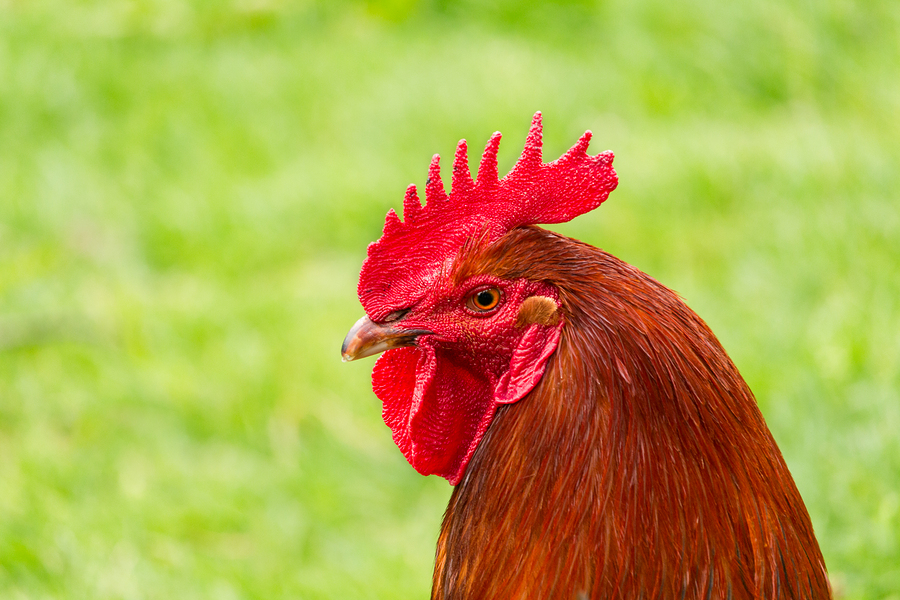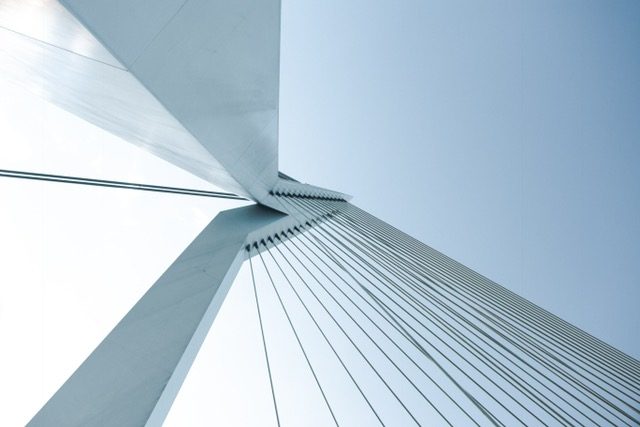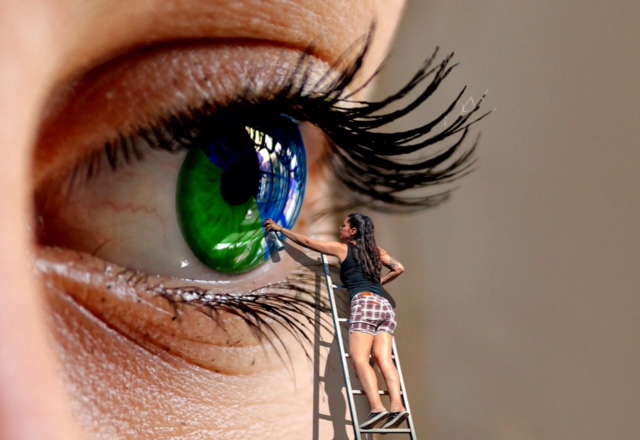You may have heard about the tragic rooster peck. Some rooster in Australia decided he would go for the jugular and peck his master in her bulging (varicose) leg vein. Well it bled…and bled….and bled until she ran out of blood to bleed. Not sure why she did not just put pressure on it and get to a hospital. We don’t get that piece of the story. It’s tragic nonetheless. Nobody should die because of untreated varicose veins.
This highlights a very common occurrence amongst elderly people with varicose veins. When large varicose veins exist and the skin overlying them becomes thinned out( as it does with old age) the vein is very vulnerable to being scraped, pocked…or pecked.!! Veins bleed, big veins bleed a lot. They have virtually no muscle in their walls so they don’t clamp down and go into spasm the way arteries do to stop the bleeding. The only way to stop the bleeding is to apply pressure to allow the blood’s natural clotting mechanism to “stem the tide “. In addition, a trained surgeon can put a stitch across the bleeding culprit and stop the bleeding definitively.
If you have bulging( varicose) veins and want a painless, permanent, long term fix of this problem come see us at the The Vein and Laser Centre.

